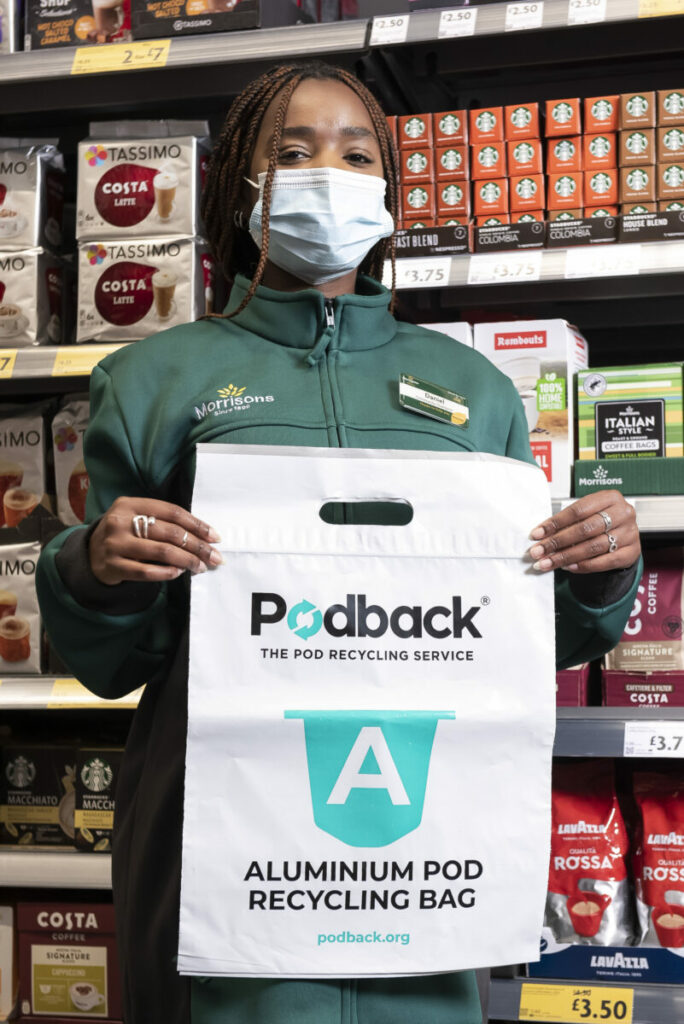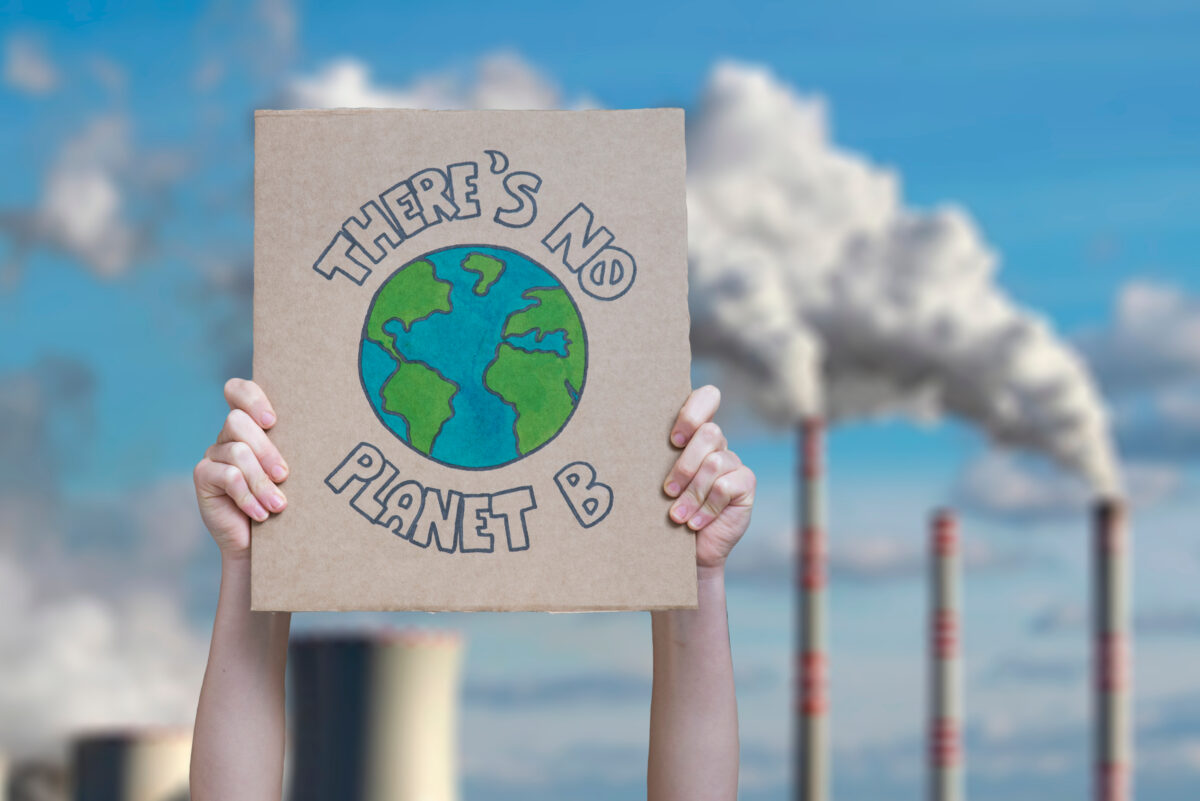In the UK, we are very much used to a throwaway culture, opting for buying new items out of convenience rather than repairing and reusing. On average British households are estimated to throw about 66 items of plastic per week, and over the course of a year this amounts to 3,432 pieces of plastic.
The – now what is seen as normal – 5p charge for plastic bags received a lot of backlashes back in 2015. However, since the charge, plastic sales bags have dropped by 98%. So despite the naysayers, financial incentives can and do change consumer behaviour.
However, there is a wide and complex range of ways to regulate practices to encourage sustainable and circular consumer behaviour.
Sustainability Beat spoke with KPMG global head of responsible tax Chris Morgan about the best ways to regulate and ensure policies that help bolster the circular economy space, and keep items in production for longer.
What has delayed a transition to a circular economy?
Moving towards a circular economy isn’t as easy as it seems, especially when majority of businesses function as linear.
“Shifting to a new way of producing is always going to be costly,” explains Morgan.
“We’ve been producing and disposing things – digging out of the ground and then getting rid of it – for years.”
A circular business model would include changing processes and equipment, so it might be cheaper and more convenient to manufacture new things repeatedly rather than recycling.
As well as infrastructure, a circular economy will have an impact on workers too Morgan says, “a circular economy tends to be much more labour intensive,” especially as employees would have to repair things, separate components which can be recycled.
“Labour also tends to be more expensive than using equipment.”
Subscribe to Sustainability Beat for free
Sign up here to get the latest sustainability news sent straight to your inbox everyday
Additionally, a circular economy model might not be as profitable. Fast fashion companies are heightening their linear ways by constantly adding new items at cheap prices.
Shein has been seeing monetary benefits from its linear model that is driving overconsumption.
Last year, it ranked more than £1 billion in sales as GlobalData forecasts it will become one of the top 10 apparel firms in the country by market share in 2023.
Other fashion brands have been slowing down consumption by implementing circular schemes such as repair and rental – and have been seeing success.
Research by Barclaycard Payments and Development Economics shows that the resale and rental ‘recommerce’ market is growing in the UK and is worth £6.99 billion.
In fact, 82% of retailers included in the study saw an increase in revenue since implementing rental services in their business models.
How do you deter businesses from linear practices and ensure a circular economy?
In one high profile example of a campaign for policy change, France gained over 100,000 signatures on a petition to ban Shein over unsustainable practices and human rights concerns.
Elsewhere, chlorofluorocarbons (CFCs), ingredients usually found in aerosol propellants, have been heavily regulated since the 1980s after researchers linked it to harmful affects to the environment, and since 2010, it is believed that CFCs have been globally phased out.
“Sometimes, an outright ban such as CFCs in cannisters work,” highlights Morgan.
“The problem, however, is that it doesn’t give industries time to respond to regulations.”
However, incomes tax provides a way to allow industries to decide if they want to pay the cost of tax or get rid of environmentally damaging behaviour.
“There are different ways you can implement tax,” explains Morgan.
“Firstly, you can tax production, whether that’s extracting raw materials or the production process itself.
A products use can also be taxed, for example, governments could put a tariff on disposable products, making them more expensive to use.
Finally, a tax on how products are disposed can also be implemented.
Morgan explained that taxes can help to create a price signal by encouraging businesses to invest in other areas.
He nods to the UK Plastic Packaging Tax, which companies must pay if they’ve made or imported products that contains less than 30% plastic.
“Businesses invest in cleaner products because it’s more expensive to use virgin plastic,” says Morgan.
In August 2023, HMRC revealed it had collected over £270 million in Plastic Packaging Tax in its first year.
Recycling bosses saw success of this tax, with Valpak chief executive Steve Gough stating the industry seeing a “positive progress” within its first year of taxation.
“With over a year since the tax was introduced as well as further innovation and investment in long-term sustainable packaging solutions, we hope to see further progress over the coming years as we accelerate the transition to a circular economy,” he added.
“The same applies with carbon taxes,” he adds, “it’s giving a price signal to businesses encouraging them to invest in renewable technology rather than fossil fuels.”
Taxing comes with risk
However, like anything, there needs to be clear definition about what will be taxed.
“The more incentives and the more exemptions you have, the more complex it gets,” says Morgan.
“For example, if there is a tax exemption for repair, a question around this could be ‘what is repair?’ Where do we draw the line between repair and rebuild?”
“There will always be complexities.”
Risks of a circular economy
As well as looking within the ways in which a circular economy can be regulated, it’s important to look at risks of moving away from a linear model.
“We need to make sure it’s as international as possible,” suggests Morgan.
“When discussing the circular economy, we noticed that in developed countries, incentives are needed to encourage repairing items.
“In some African countries, practicality drives people to repair due to cost constraints,” he adds.
Morgan highlights that there could also be economic “spillover effects” as circulating products in the UK could impact the countries where items are being produced.
“It might not necessary affect the UK, but it could undermine the economy of a developing country,” adds Morgan.
“A safe and just transition is needed.”















